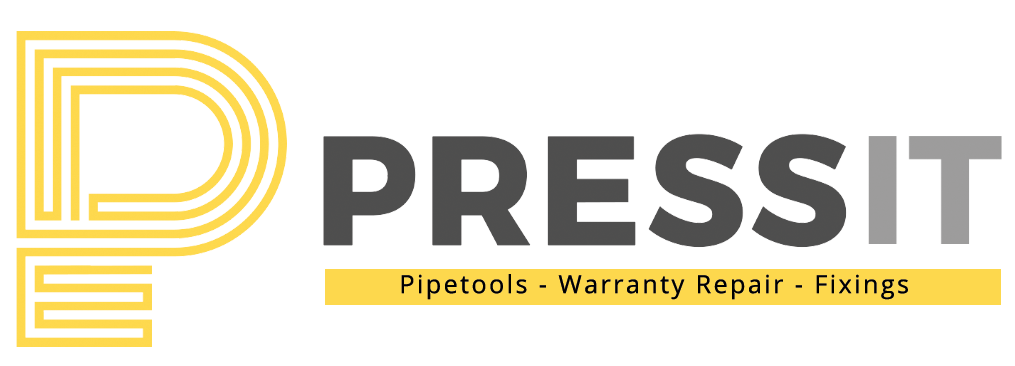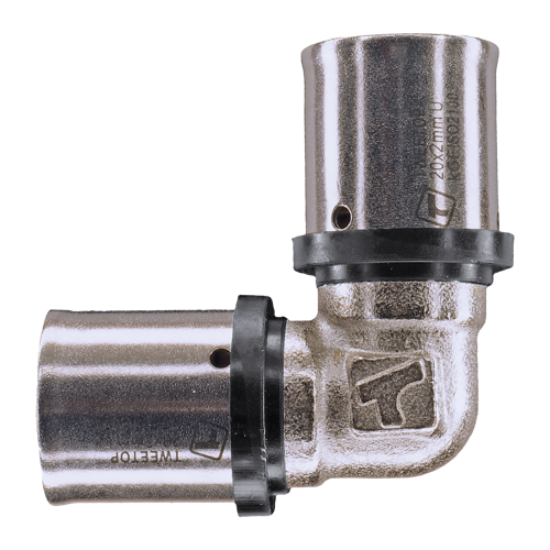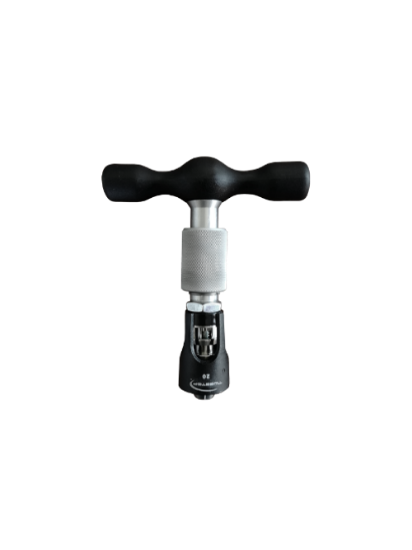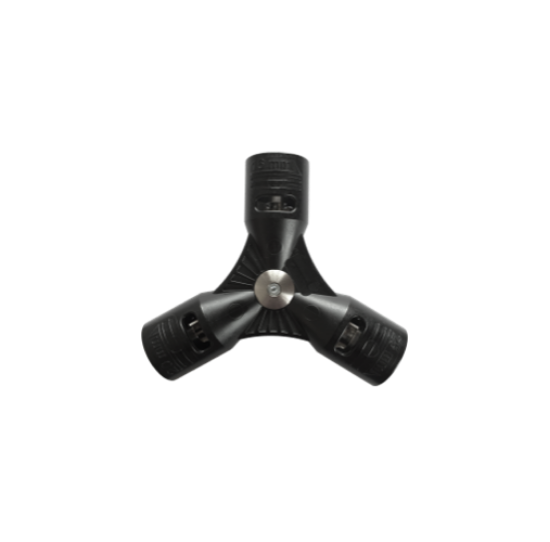Avoid These 12 Common Mistakes When Using MLCP Press Fittings
Modern plumbing and heating systems increasingly rely on Multilayer Composite Pipes (MLCP) due to their durability, flexibility, and ease of installation. However, even with such advantages, many installers still make avoidable mistakes—leading to leaks, structural issues, or even complete system failure.
Whether you're a beginner or a seasoned plumber, this comprehensive guide will walk you through 12 of the most common MLCP press fitting mistakes and how to steer clear of them. From tool compatibility to post-installation testing, each point is crucial for ensuring a long-lasting, leak-free installation.
Introduction to MLCP Press Fittings
MLCP press fittings combine metal and plastic layers into a single piping system that offers the best of both materials: the flexibility and corrosion resistance of plastic, along with the stability of metal.
They’re widely used in:
Potable water systems
Underfloor heating
Radiator connections
Compressed air installations
These systems are designed to simplify installation while maintaining high durability and efficiency—but only if used correctly.
Why Proper Use of MLCP Fittings Matters
Cutting corners in the installation process doesn’t just compromise the system’s performance—it can also result in:
Water leaks that damage property
Voided warranties
Costly rework and downtime
Health risks due to contamination
Proper use ensures:
System longevity
Pressure resistance
Leak-free joints
Compliance with standards like WRAS or DVGW
1. Ignoring Manufacturer Guidelines
Consequences of Not Following Specifications
Every manufacturer includes detailed documentation outlining:
Recommended insertion depths
Pipe preparation steps
Pressing guidelines
Ignoring these guidelines often leads to incorrect installation and, eventually, system failure. You may think you've seen enough fittings to skip the manual, but slight design variations across brands make these documents indispensable.
2. Using Incompatible Tools
Tool Calibration and Compatibility
Using off-brand or worn-out tools can result in:
Incomplete presses
Damaged fittings
Voided warranties
Always:
Use tools certified by the fitting manufacturer
Regularly calibrate pressing jaws
Avoid mixing old and new tool models without checking compatibility
3. Incorrect Pipe Cutting Techniques
Burrs and Their Effect on Seals
Using a hacksaw or blunt blade can create uneven edges and burrs. These imperfections may:
Tear the O-ring during insertion
Prevent a proper seal
Always use a dedicated MLCP pipe cutter to ensure a clean, perpendicular cut.
4. Skipping Pipe Deburring and Calibration
Importance of Smooth Ends for Secure Press
Failing to deburr and calibrate a pipe can:
Push air pockets into the fitting
Compromise the O-ring seal
Cause high-pressure leaks
Deburring tools are inexpensive and crucial for secure connections.
5. Inadequate Pipe Insertion Depth
Depth Marking and Measurement Tools
Not inserting the pipe fully leads to:
Weak mechanical joints
Unpressed fittings
Leaks over time
Use a depth gauge or marking tool to indicate how far the pipe should be pushed into the fitting.
6. Misalignment Before Pressing
Stress Points and Leaks
Misalignment places unnecessary stress on joints, increasing the risk of:
O-ring displacement
Structural fatigue
Delayed system failure
Ensure the pipe is straight and fully seated before pressing.
7. Over-Pressing or Under-Pressing Fittings
How to Identify Proper Press Strength
Most pressing tools automate the process, but issues still occur due to:
Low battery on cordless tools
Manual misjudgement with hand tools
Verify your tool’s pressure settings or upgrade to models with press force feedback.
8. Mixing Brands of Pipe and Fittings
Material Tolerances and Seal Integrity
Brand A’s pipe may not fit Brand B’s fitting—even if they look similar. Mismatching can cause:
Improper seating
Seal failure due to size variance
Legal liability in warranty claims
Stick to one system from a single manufacturer whenever possible.
9. Neglecting Pressure Testing Post-Installation
When and How to Perform Testing
A visual inspection is never enough. Pressure testing is the only way to catch:
Hairline cracks
Loose fittings
Faulty seals
Follow your region’s regulations and manufacturer testing protocols to perform this crucial step.
10. Failing to Inspect O-Rings and Seals
Causes of Premature Seal Failure
Before insertion, always check the O-ring for:
Dust or debris
Tears or kinks
Incorrect placement
Even a tiny imperfection can ruin the seal, especially under high pressure.
11. Installing in Non-Recommended Environments
High Temperature, UV, and Freezing Concerns
MLCP systems aren't one-size-fits-all. Common issues include:
UV degradation in outdoor installs
Brittle pipes in freezing climates
Melting or expansion in high-heat zones
Always review the environmental limits for the selected pipe system.
12. Lack of Training or Certification
Why Hands-On Experience Matters
Many fitting systems require certified training. DIY installs or untrained professionals often:
Use the wrong tools
Misinterpret instructions
Skip vital steps like pressure testing
Invest in a certification course to future-proof your skills and ensure professional-quality work.
FAQs About MLCP Press Fittings
Q1: What is the lifespan of an MLCP system?
Answer: Properly installed, it can last over 50 years with minimal maintenance.
Q2: Can I use MLCP for both hot and cold water?
Answer: Yes, as long as the temperature ratings are adhered to per manufacturer specs.
Q3: Is MLCP suitable for underground installations?
Answer: Yes, but only with proper insulation and following local building codes.
Q4: How do I know if a fitting has been pressed correctly?
Answer: Most fittings include visual indicators; also, pressure testing confirms the integrity.
Q5: Can MLCP fittings be reused?
Answer: No. Once pressed, they are permanent and cannot be reused.
Q6: Is pressure testing mandatory?
Answer: While not always legally required, it's highly recommended and often mandated by warranties.
Conclusion
Mastering MLCP press fittings is more than just owning the right tools—it's about understanding the fine details of proper installation. Avoiding these 12 common mistakes will not only improve your efficiency but also ensure the long-term performance and safety of your plumbing systems.
Whether you’re handling residential projects or commercial installations, sticking to best practices and continuous learning is the key to success.





